What’s the difference between AI and Machine Learning (ML)?

Artificial intelligence (AI) is huge right now, and everyone is talking about its potential. That said, machine learning (ML) also has its own buzz. While these concepts are sometimes used interchangeably, does that mean they’re the same thing? If not, how are they different? In this post, we’ll explore just that. TL;DR: If you want […]
Why you shouldn’t use water main age alone to assess pipe condition
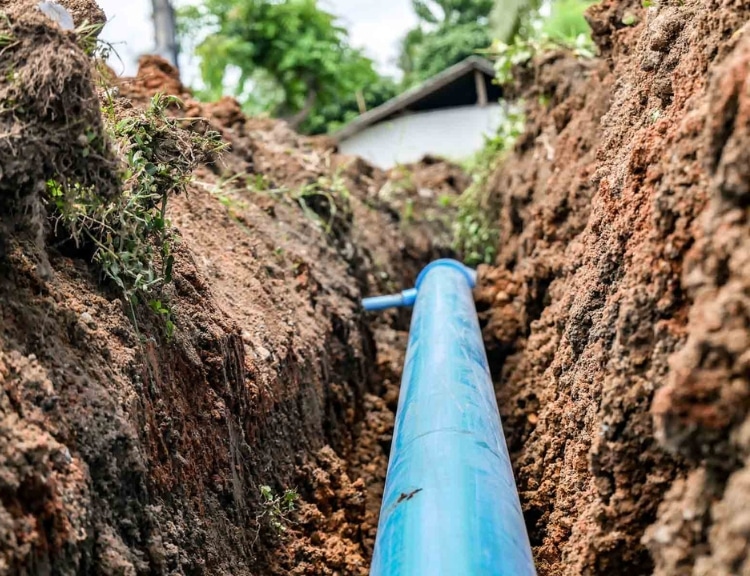
The country’s water infrastructure is aging, and some claim it’s a looming disaster. But before you panic, just remember: pipe age isn’t the only factor that determines its condition. Just like that vintage bottle of wine that gets better with time (or that old pair of jeans you can’t bear to throw away), some pipes […]
How BlueConduit’s work in Flint helped lay the groundwork for LSL policy nationwide
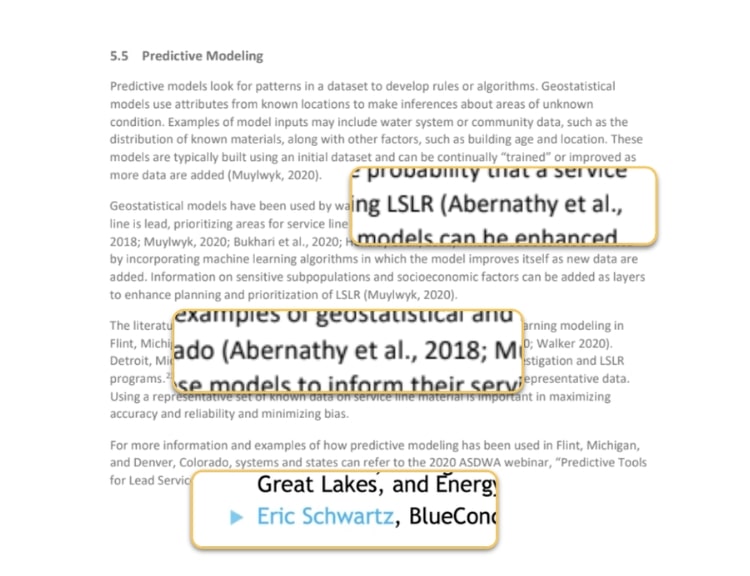
BlueConduit recently launched LeadOut Map, the first and only educational tool that provides the most complete picture of the presence of lead pipes in drinking water systems, including predictions of where lead pipes may lie. With the launch of LeadOut, we’re taking a moment to reflect on BlueConduit’s history – how a group of data […]
AI speeds cities’ lead pipe search with EPA deadline weeks away
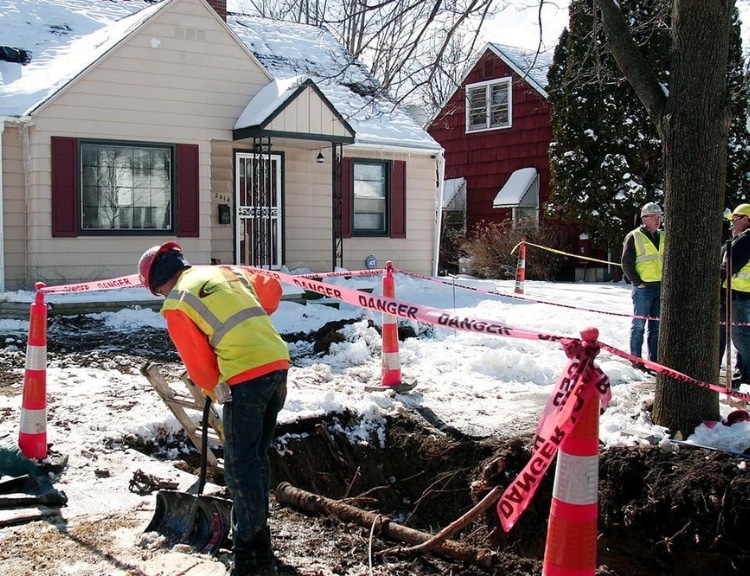
Originally published on Bloomberg Law by Bobby Magill. Detroit is among a few cities using a new artificial intelligence-driven tool to find lead drinking water pipes, saving the city millions of dollars and helping it in its scramble to meet the EPA’s Oct. 16 inventory deadline. BlueConduit, which was founded by University of Michigan researchers […]
Funding for LCRR Compliance: What you need to know about using SRF and BIL funding for LSLI and LSLR
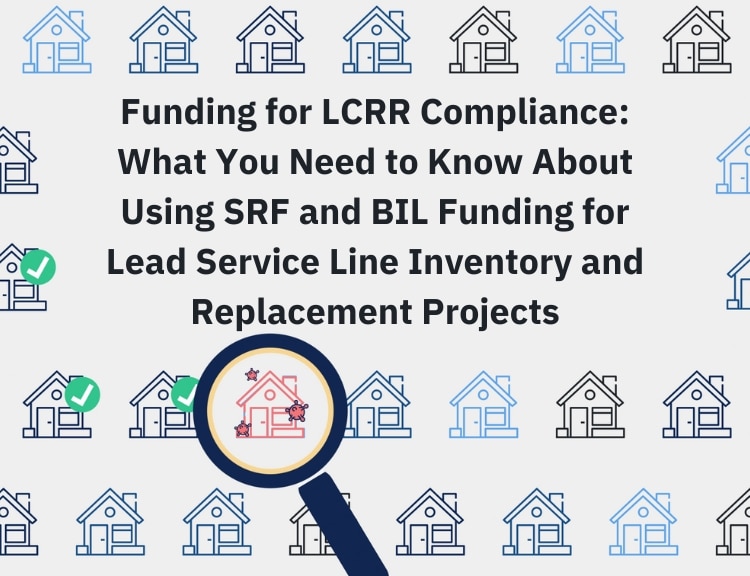
We talk a lot about ‘compliance’ but the reality is that compliance is complicated and changes over time. This series breaks down compliance requirements across the LCR and the proposed LCRI to help you understand the who, what, and when of compliance. The October 2024 Service Line Inventory deadline is now 1 month away. In the […]
How an AI research group got involved with SL identification

BlueConduit recently launched LeadOut Map, the first and only educational tool that provides the most complete picture of lead in drinking water, including predictions of where lead pipes may lie. With the launch of LeadOut, we’re taking a moment to reflect on BlueConduit’s history – how a group of data scientists became experts at, and […]
Using predictive modeling to get ahead of circumferential cracks
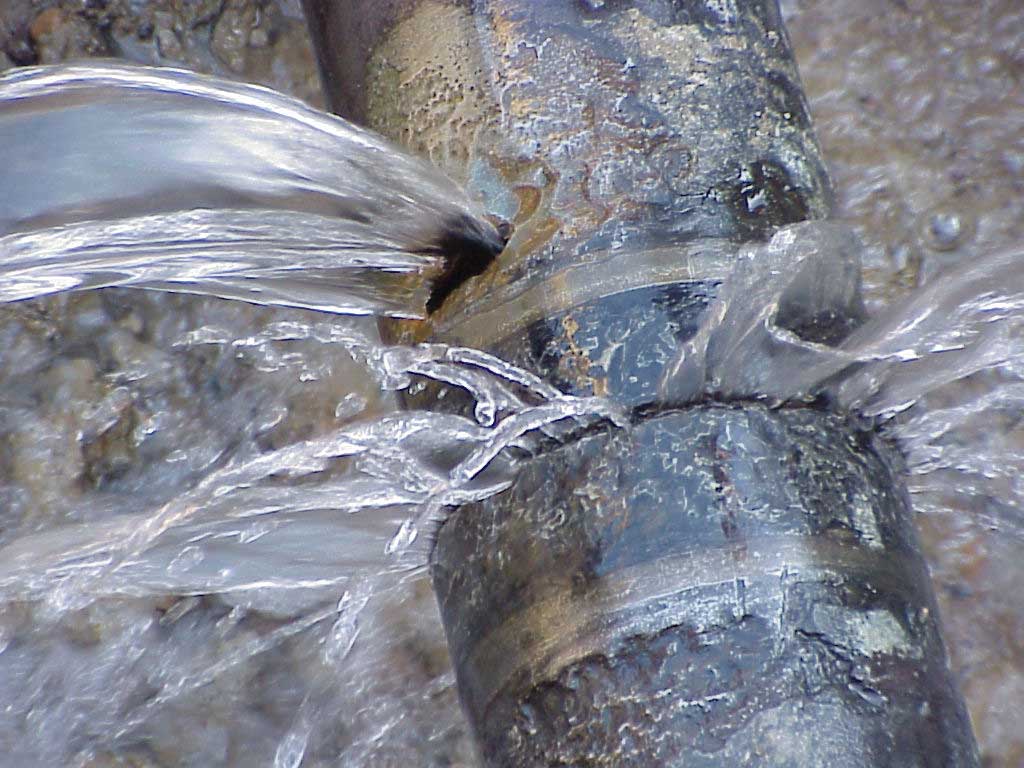
Water main breaks are a significant issue for many municipalities, leading to water loss, infrastructure damage, and costly repairs. Did you know? Circumferential cracks are among the most common types of failures in water mains, as highlighted by the study where 48% of respondents identified this failure mode as predominant in their water systems. Circumferential […]
How BlueConduit prepares utilities for LCRR compliance and beyond
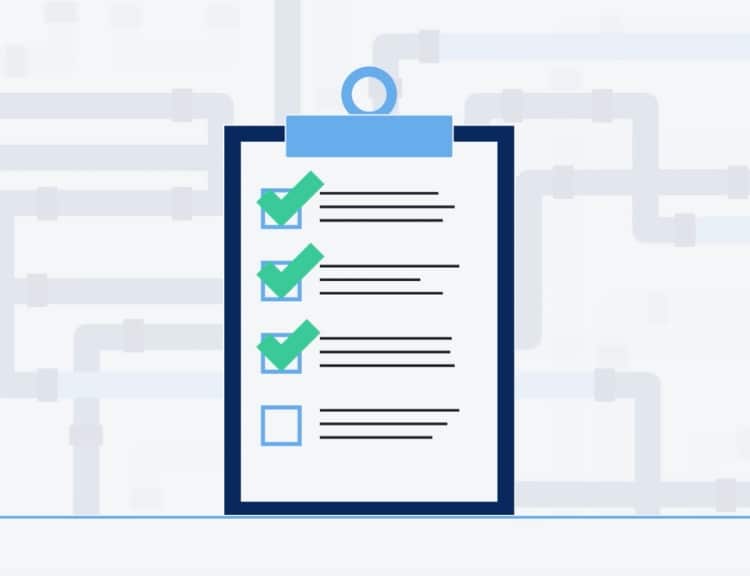
We’ve already talked about how BlueConduit’s Inspection Manager helps water utilities track and manage their field verifications for lead service line predictions and no lead validation solutions for LCRR compliance. But did you know there’s even more that can be done? We break down the latest and greatest about the BlueConduit Experience, delivered in the […]
Meet the Team: Chase Young

Chase is BlueConduit’s Solutions Architect. Get to know Chase through this quick Q&A: Why did you join BlueConduit? I wanted to do something that would benefit my community, and BlueConduit’s mission and vision of a lead-free world seemed like a great place to start. I saw an opportunity to build something unique here and I […]
How corrosive soils contribute to water main breaks
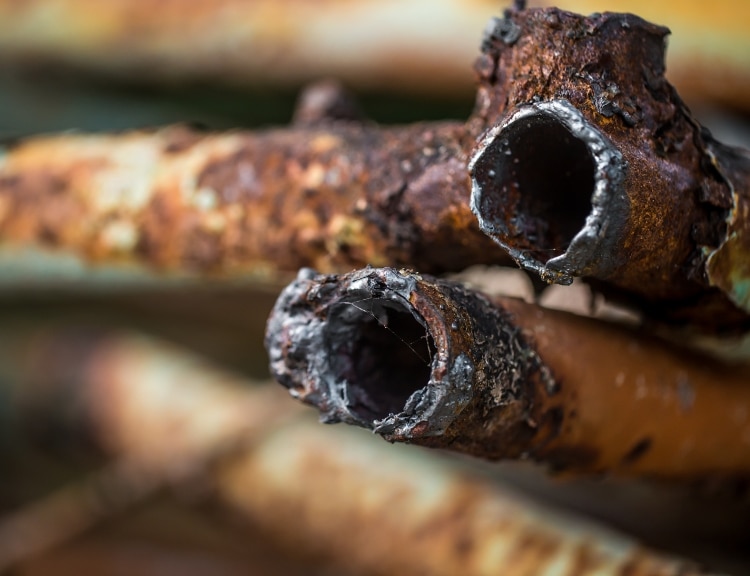
When water mains break, it can be a disruptive, expensive, public headache for water systems. Many factors contribute to a water main leaking or breaking, including the soil surrounding the water mains, which plays a critical role in its longevity. Did you know? Corrosive soils can dramatically shorten the lifespan of water mains, leading to […]
Meet the team: Ryan Treves

Ryan is a Data Scientist at BlueConduit. Get to know Ryan through this quick Q&A.
Virginia’s Service Line Inventory Guidance for Predictive Modeling
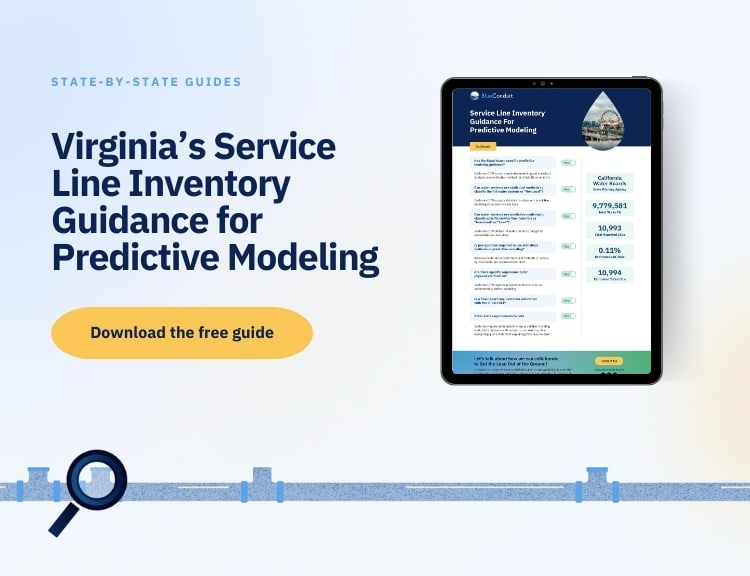
South Carolina’s Service Line Inventory Guidance for Predictive Modeling
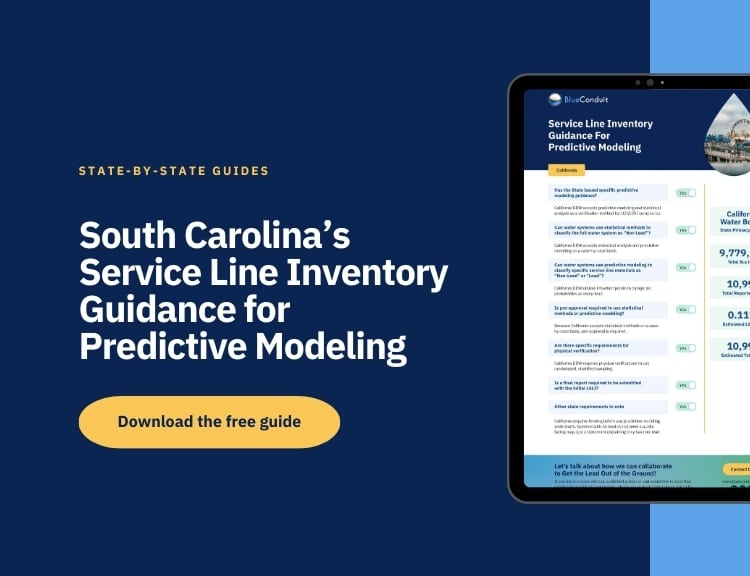
Ohio’s Service Line Inventory Guidance for Predictive Modeling
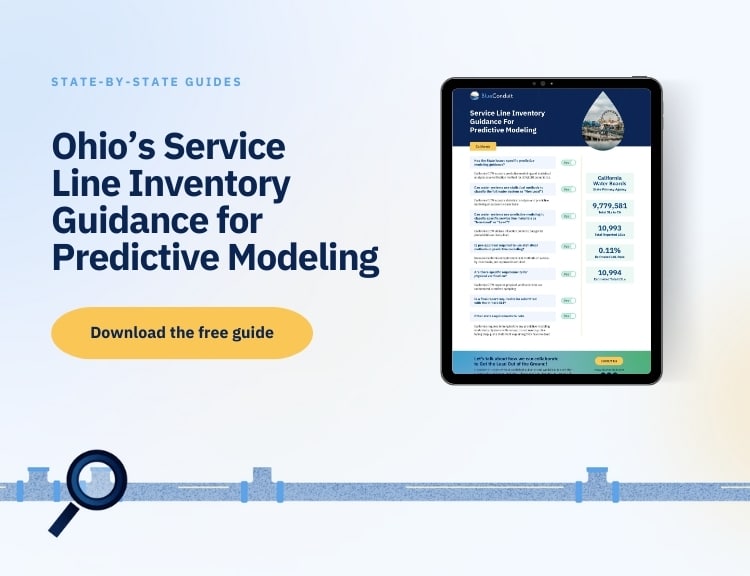
North Carolina’s Service Line Inventory Guidance for Predictive Modeling
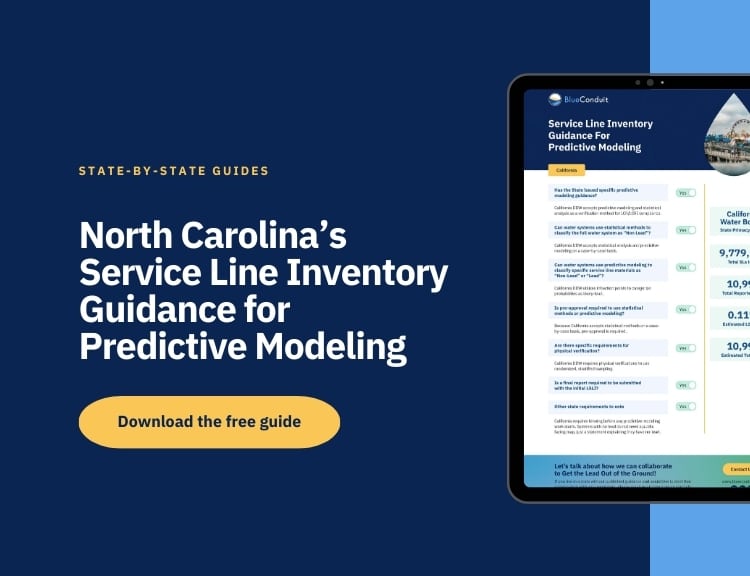
Maryland’s Service Line Inventory Guidance for Predictive Modeling
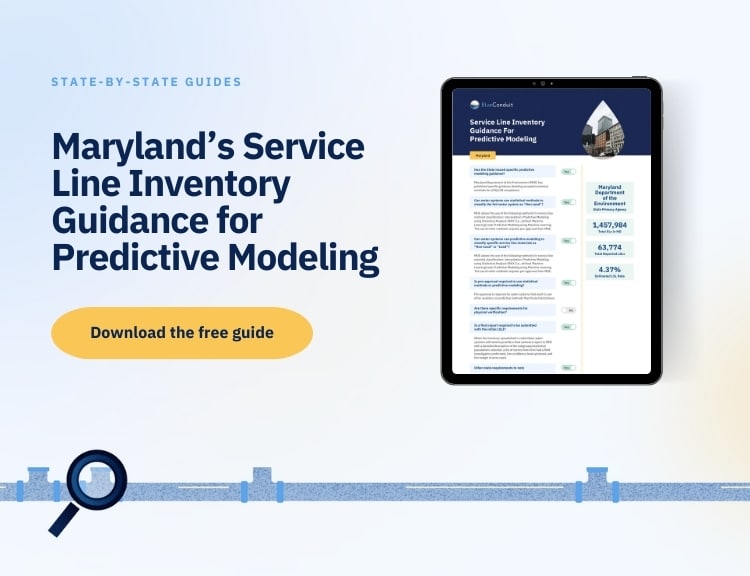
Florida’s Service Line Inventory Guidance for Predictive Modeling
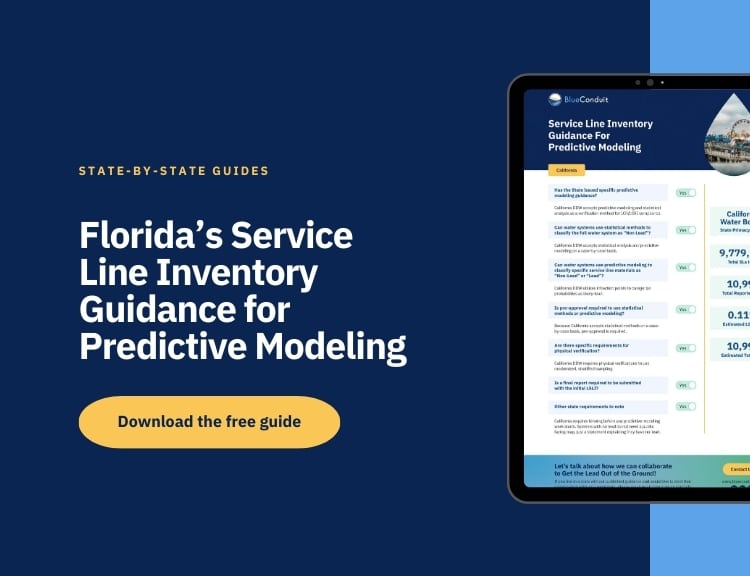
California’s Service Line Inventory Guidance for Predictive Modeling
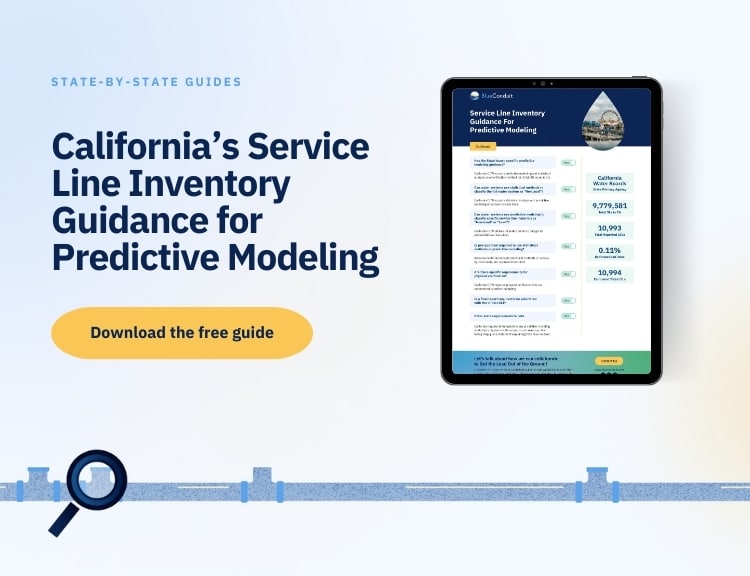
Lead vs GRR: Predictive modeling for LCRR compliance
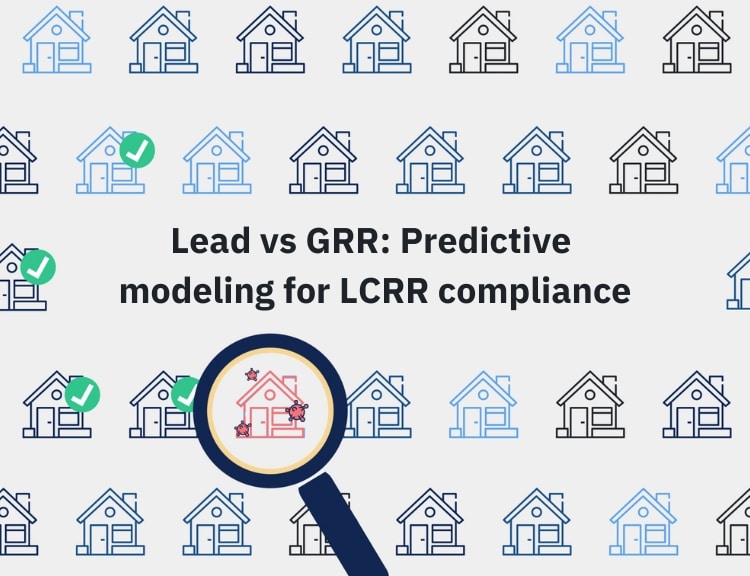
Not sure if you’ve got lead or GRR? Learn how to navigate predictive modeling and statistical method compliance for service line material identification.
How changing weather patterns impact water main leaks and breaks
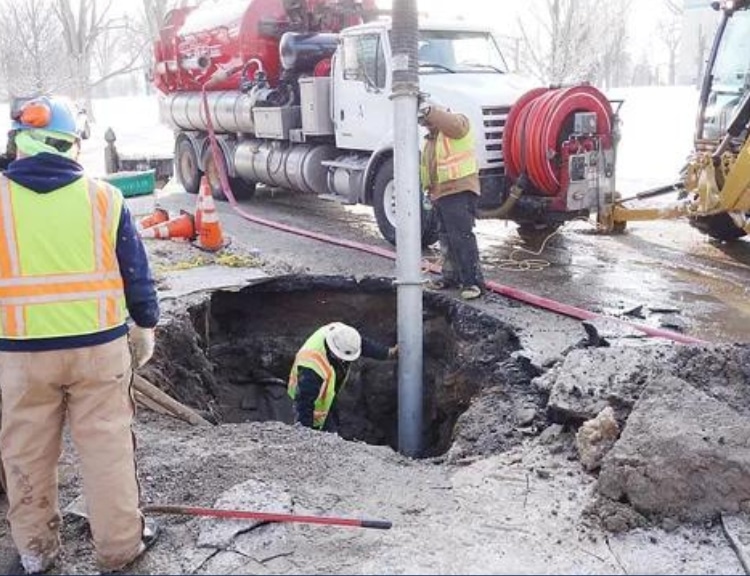
Explore how changing weather patterns due to global warming impact water main integrity and discover how BlueConduit’s Water Main Predictions leverage weather data for enhanced predictive accuracy and proactive infrastructure management.
BlueConduit partners with Mobile, AL for No Lead Validation
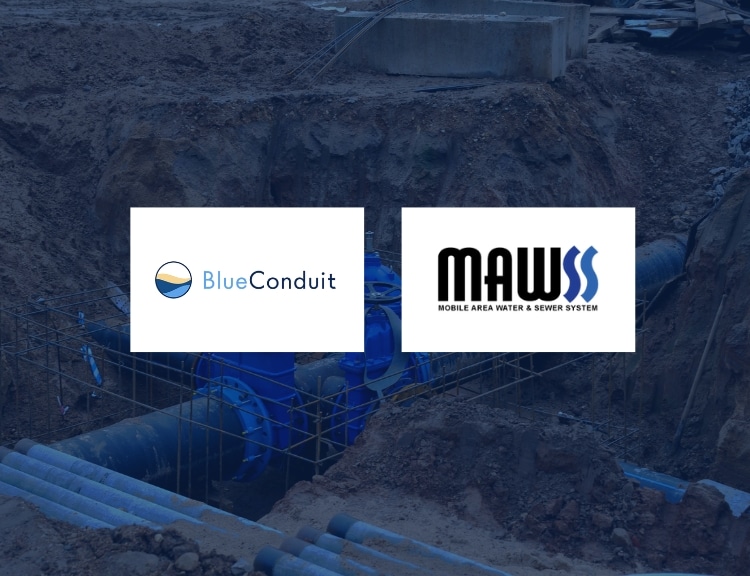
Mobile Area Water & Sewer System (MAWSS) has selected BlueConduit’s innovative Lead Service Line Predictions solution to validate the absence of lead in their system and reduce the number of unknown service lines in advance of the October LCRR compliance deadline.
Why water main risk management matters now
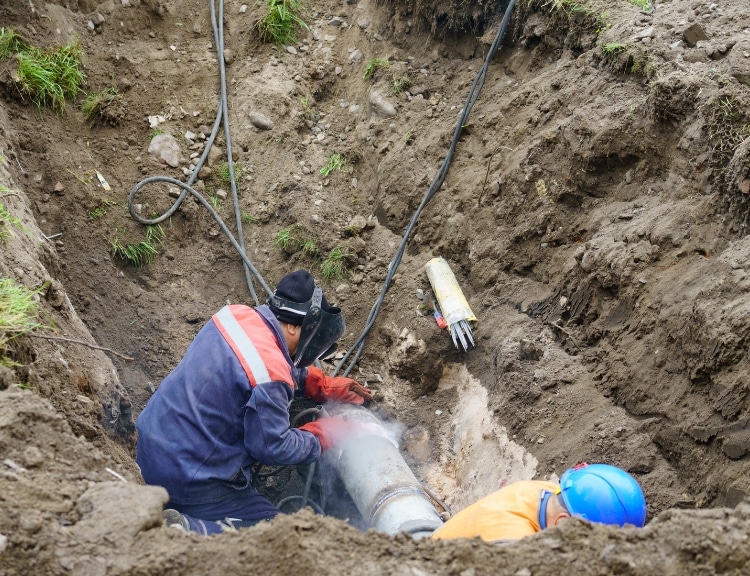
Discover why water main risk management is crucial now, with insights from the latest study on break rates in the USA and Canada. Learn key findings and proactive strategies to safeguard our water infrastructure.
How predictive modeling improves Condition Assessments

Discover how predictive modeling is transforming condition assessments for water mains, improving efficiency, and pinpointing risks with precision.
VA ODW accepts BlueConduit’s predictive modeling approach for LSLI

BlueConduit is excited to announce that the Virginia Office of Drinking Water (ODW) approved our Predictive Modeling approach to support service line inventory development and material classification, enabling BlueConduit-supported water systems to use predictive modeling to classify “unknown” service lines for their LCRR inventory.
Making sense of GRR for LCRR: How galvanized service lines factor into Inventory requirements
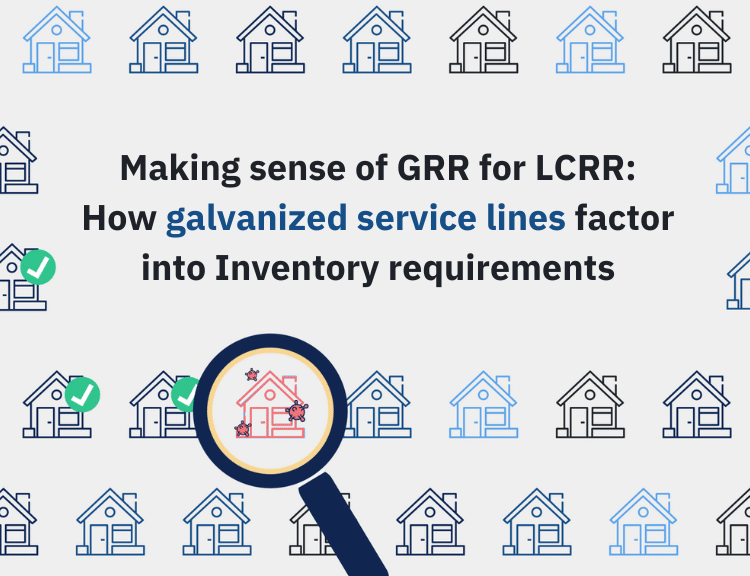
For Service Line Inventories, water systems are required to identify galvanized-requiring-replacement (GRR) service lines in addition to Lead, Non-Lead, and Unknowns. Explore why GRR matters for public health, the EPA definition of GRR, and how to efficiently and accurately tackle GRR for your Service Line Inventory.
BlueConduit and water main predictions: An interview with BlueConduit CEO, Lorne Groe

BlueConduit CEO Lorne Groe talks about the new AI-enabled water main predictions product, moving into predictive and decision analytics beyond lead service lines, and what’s coming next for BlueConduit.
How predictive modeling helps you manage your water mains
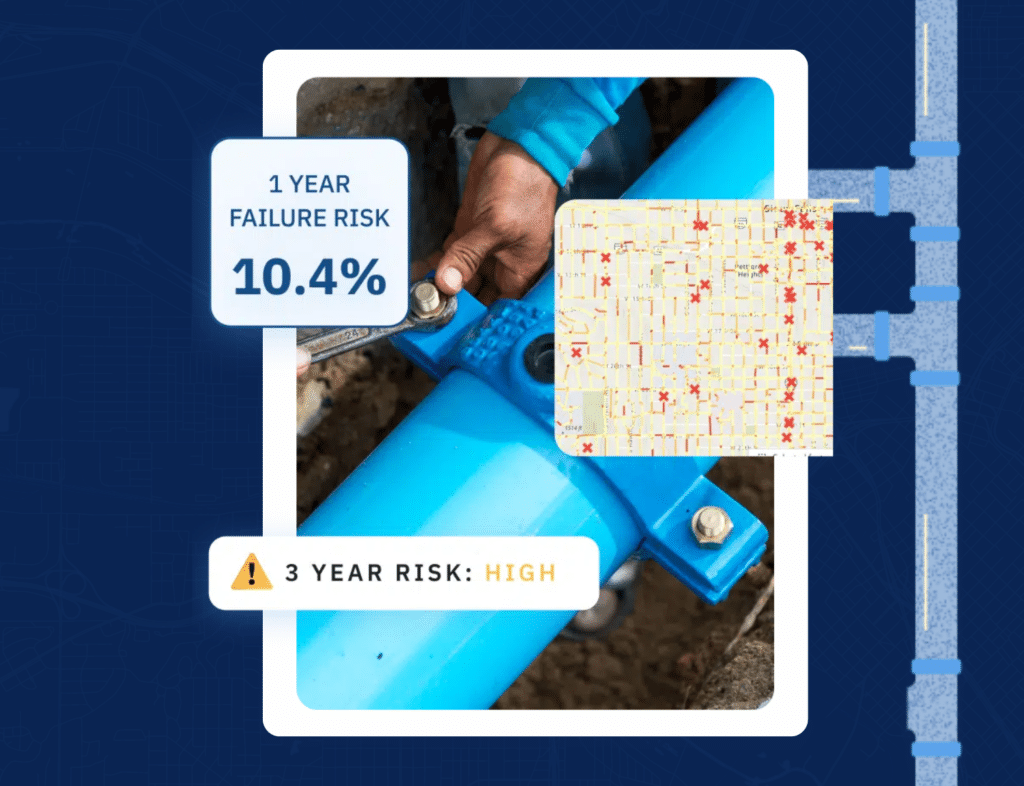
Water system managers are constantly making decisions about how to assess, maintain, and replace their water mains. AI and predictive modeling can fill in gaps in your data, with high accuracy, enabling improved Condition Assessments, the ability to access adequate resources, and the tools you need to get ahead of growing needs as infrastructure ages.
Defining AI, predictive modeling, and statistical analysis: An interview with Alice Berners-Lee, VP of Data Science

Explore a Q&A with BlueConduit’s VP of Data Science, Alice Berners-Lee, as she defines AI, predictive modeling, and statistical analysis. Gain insights into the expertise of BlueConduit’s data science team in this edited and condensed interview.
5 key benefits of BlueConduit’s Inspection Manager
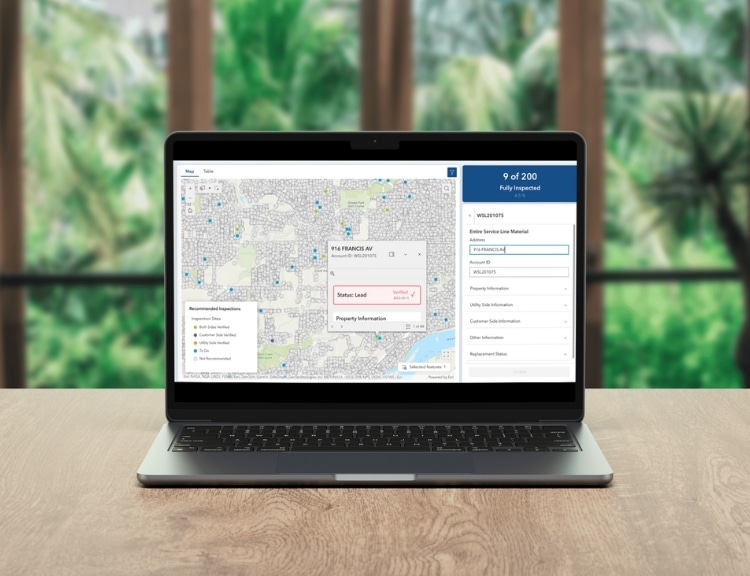
Discover the top 5 benefits of BlueConduit’s Inspection Manager, a powerful tool that streamlines water system inspections and enhances team communication. Learn how it can optimize your inspection process and uncover features you may not know about.
How to manage customer-owned service lines for LCRR compliance
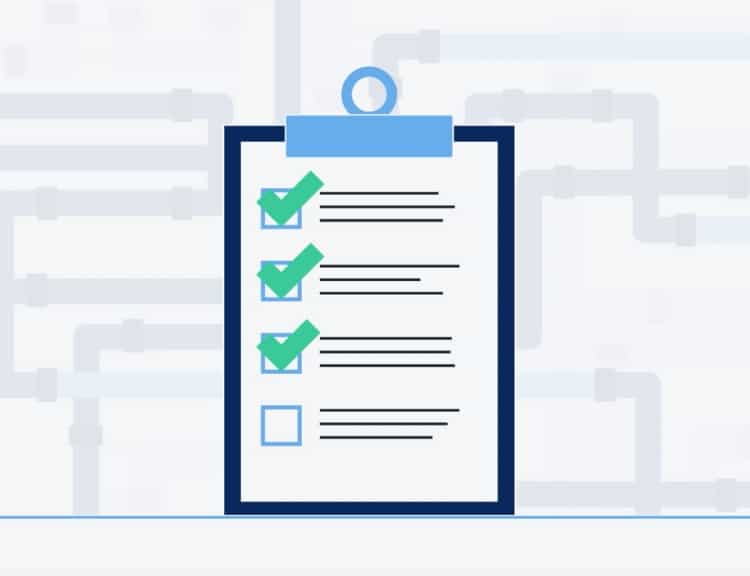
When it comes to LCRR compliance, the inventory submission must include the materials on both the public and private side of the line. That can be easier said than done when it comes to classifying materials on the private side.

